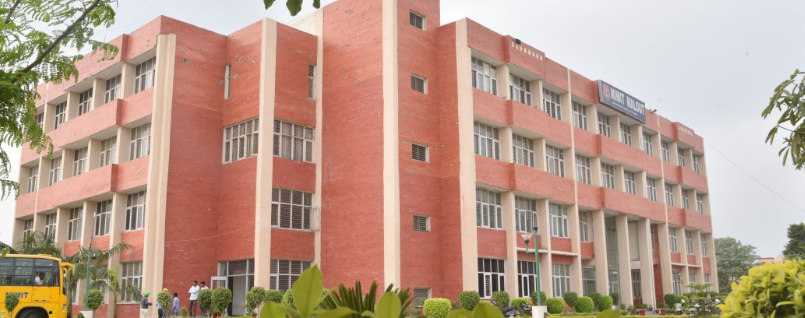Why is Malout Famous?
Malout: A Hub of Cotton Production and Education
Malout, a prominent town located just outside Sri Muktsar Sahib city in the Muktsar district of Punjab, India, boasts a rich tapestry of significance. Nestled in the heart of the southern Punjab "cotton belt," Malout stands out for its remarkable cotton production, ranking among the highest in the country. The town's strategic positioning on NH-354, NH-9, and NH-7 further solidifies its importance, as these highways link Fazilka to the capital city, New Delhi. Situated a mere 55 kilometers (34 miles) from the Pakistan border, Malout has witnessed its share of historical military incidents, shaping its narrative.
MIMIT: The Academic Beacon of Malout
One of the key reasons why Malout garners attention is the prestigious Malout Institute of Management and Information Technology (MIMIT). This government engineering and management college, affiliated with I. K. Gujral Punjab Technical University and approved by AICTE, draws students from across India, seeking to pursue undergraduate and postgraduate degrees. MIMIT stands as a beacon of educational excellence, contributing significantly to Malout's reputation.
Unraveling Malout's Historical Tapestry
Malout's roots are traced back 400 to 500 years, shrouded in an air of mystery surrounding the origin of its name. The town gained prominence in 1917 with the establishment of the Bathinda-Karachi railway line by the British government, culminating in the construction of the Malout railway station the following year. On 19 March 1920, Malout was officially incorporated, marking a pivotal moment in its history. The town's expansion was further propelled by the establishment of essential infrastructure such as a post office, telephone exchange, guest house, and cemetery by the 1940s. This growth was underpinned by the thriving cotton industry and the agricultural machinery sector, solidifying Malout's status as the cotton capital of Punjab.
Climate: A Tale of Extremes
Malout's climate is a study in contrasts. Summers scorch with temperatures soaring to 48–50 °C (118–122 °F), while winters bring chilly lows of 1–2 °C (34–36 °F). The region's climate is heavily influenced by the western Himalayas in the north and the Thar Desert in the south and southwest. Monsoons, arriving from the southwest, ushering in nearly 70 percent of the annual rainfall between June and September. Soil classifications categorize most of the district under an arid (tropic) moisture regime.
Dr. Baljit Kaur: Political Representation in Malout
In 2022, Dr. Baljit Kaur assumed office as the Member of the Legislative Assembly (MLA) representing Malout Assembly Constituency, adding a new chapter to the town's political landscape.
Commerce and Industry Dynamics
The municipal committee of Malout holds no ownership over land or property. Despite this, it requests an annual rent for shops located in the vicinity of committee-owned properties. Legally, the committee lacks the authority to demand rent for any shop within its jurisdiction. This intricate dynamic adds an interesting layer to the town's commercial landscape.
In conclusion, Malout's fame rests on its dual identity as a thriving hub of cotton production and a distinguished center of education, embodied by the renowned Malout Institute of Management and Information Technology (MIMIT). Its historical tapestry, dating back centuries, is woven with threads of mystery and significance. The town's strategic location, coupled with its resilience in the face of military incidents, adds to its allure. As Dr. Baljit Kaur assumes political representation, Malout steps confidently into the future. The climate, characterized by extremes, shapes life in this vibrant town. With its unique blend of heritage, industry, and education, Malout stands as a testament to Punjab's diverse landscape.


Comments
Post a Comment